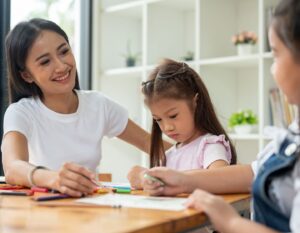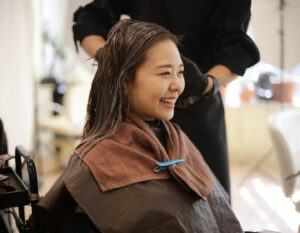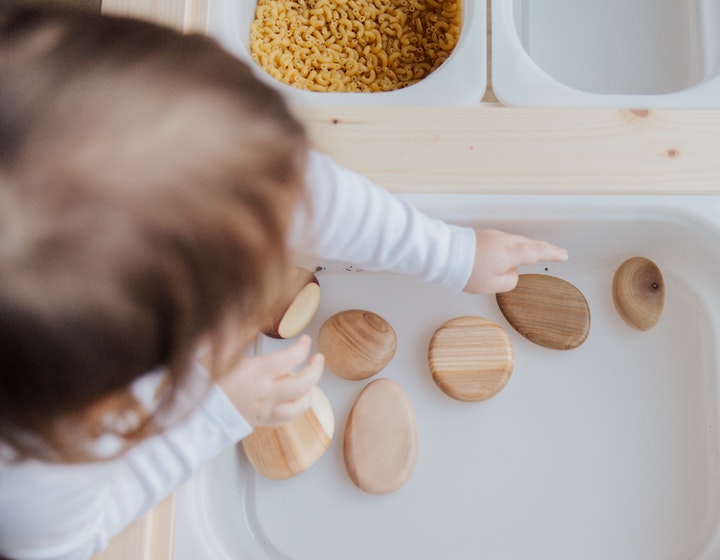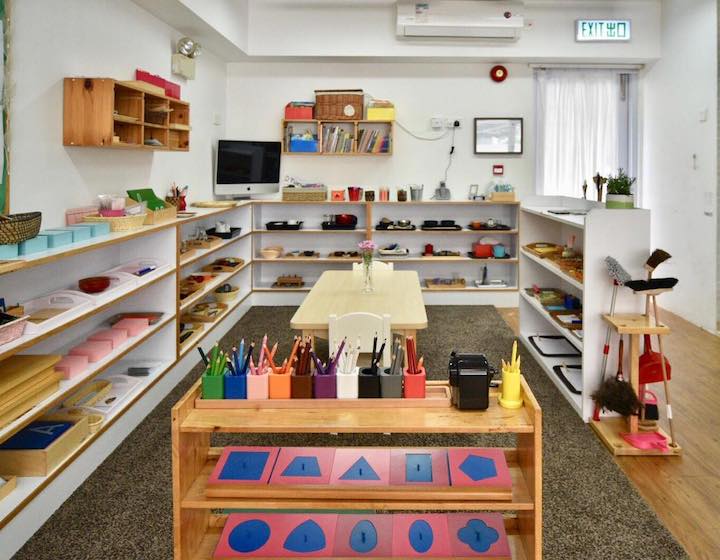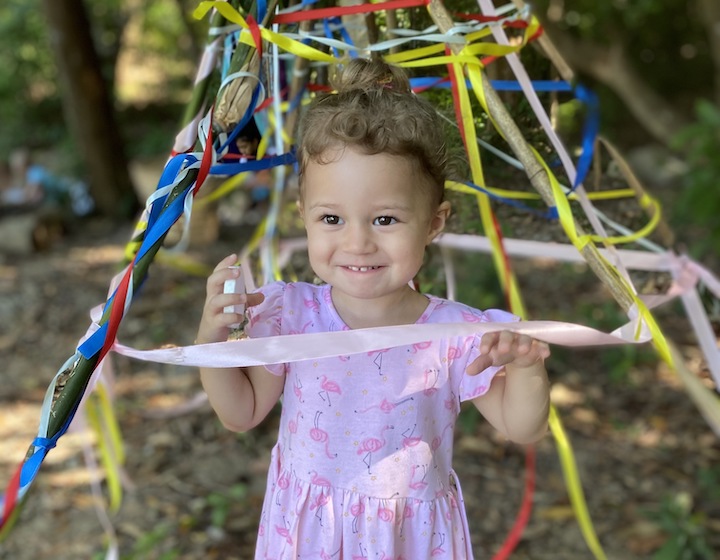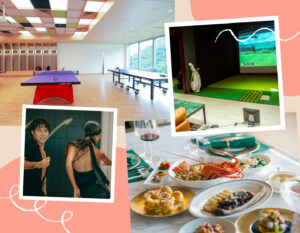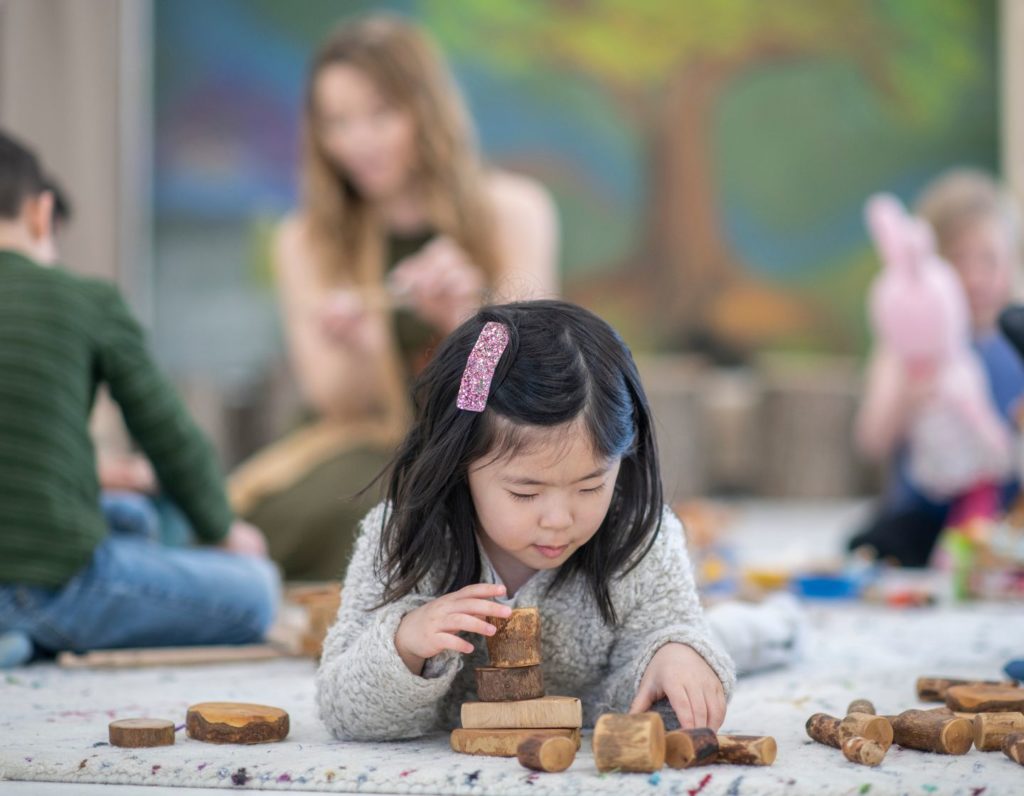
If it’s time to decide on a preschool for your little one and you have no idea where to start, you’re not alone. You might have heard of Montessori, Waldorf and Reggio Emilia techniques, but how do you know which is right for your child? Get the lowdown on the Montessori, Waldorf and Reggio Emilia approaches, how they work, the benefits, and if your child’s character is a good fit.
Montessori? Waldorf? Reggio Emilia? If you’re entering the world of early years education with your child you might start hearing these names and wonder what they mean and what sort of education they offer. You might also question if the kindergarten you thought you’d chosen might be the right fit for your little love bug.
Montessori, Waldorf and Reggio Emilia all have benefits depending on your child and what sort of educational outcome you are hoping for. To help you understand more about the respective methods and whether one might be a good fit, read on for a summary on each. Find out:
- The history behind each teaching method.
- What to expect from each classroom environment.
- The key benefits.
- How you might know if Montessori, Waldorf or Reggio Emilia is right for your child.
Jump To:
The Montessori Method In Hong Kong
The Waldorf Method In Hong Kong
Reggio Emilia Approach In Hong Kong
Read More: Your Guide To Preschools, Nurseries And Kindergartens In Hong Kong
The Montessori Method In Hong Kong
History: Dr Maria Montessori – The Trailblazer
Dr Maria Montessori (1870-1952) was one of the first women in Italy to be granted her physician’s diploma. She was also an anthropologist who dedicated her life to understanding children. After working with those with special needs, as well as children on the poverty line, she became deeply invested in how they develop; emotionally, physically, socially, intellectually and spiritually.
She noted the importance of a positive and nurturing environment that is altered with the developmental needs of a child. She also began to notice how children began to demonstrate interests and abilities that were previously outside the expectations made of them in these environments as well as noted increases in their motivation. For many years, Dr Montessori and her colleagues developed her method through meticulous observations and noting universal developmental patterns between different cultural and social groups of children. Since then, her methods and teachings have spread worldwide with Montessori schools all over the globe.
Read More: Special Educational Needs: Finding Schools And Resources In Hong Kong
What Is The Montessori Method?
The Montessori method puts the child first with self-directed and real-world activities that focus on hands-on learning and collaborative play. Montessori teachers are highly-trained and offer age-appropriate activities to guide students while allowing them to take the lead and decide their own learning process. Teachers are meant to serve as a guide for the children while exposing them to various elements to learn at their own pace. The environment is meant to be the focal point of the classroom, not the teachers.
“The goal of early childhood education should be to activate the child’s own natural desire to learn.” – Maria Montessori
Read More: How To Raise An Independent Preschooler In Hong Kong
Inside A Montessori Classroom
A Montessori classroom is a prepared environment that emphasises different aspects of its learning curriculum:
- Practical life
- Sensorial
- Mathematics
- Language
- And culture
The environment is meant to offer different ways that children learn, play, and interact with others. Every item in a Montessori classroom is scaled to children’s size, from the furniture, shelves, utensils and more. Classrooms are often bright and contain natural materials, pictures, and objects for children to engage with offering different sensory and educational experiences.
Montessori environments are also mixed-aged with early years classrooms having children aged three to six in the same class and will carry on in similar increments as the children get older (6-9 years, 9-12 years etc). This approach is meant to develop children’s social skills and self-esteem while the older children act as additional role models and guides for the younger students. This also results in a self-regulated classroom in which children are often able to resolve any social difficulties naturally with minimal teacher intervention.
Read More: How To Create A Montessori Environment For Your Child At Home
Benefits Of The Montessori Method
- Nurtures concentration, independence, and a love of learning.
- Helps children acquire leadership skills and self-esteem early in their lives.
- Creates self-motivated learners.
- Endorses self-regulation from social interactions and the building of daily routines.
- An adaptable and inclusive education that is flexible for any child as they learn at their own pace.
- Hands-on learning with the freedom to move and not be restricted to a desk and chair.
Is The Montessori Method Right For My Child?
As children can engage all their senses and learn at their own pace, Montessori schools are an excellent choice for kids with special needs or early gifted learning abilities. Montessori classrooms can also benefit children who need a lot of physical activity as they are free to move about the classroom at their own pace and are free from the pressure of traditional or predetermined schedules or academic requirements.
Montessori Summary
- Focuses on independent learning that is child-led and at the child’s own pace.
- Classrooms are often mixed-aged, encouraging older children to model and guide younger students.
- Emphasis on student choice.
- The collaborative environment is the main focus for the children.
- Teachers are guides. There is no direct instruction or corrective actions from the teacher.
- While both a traditional approach and the Montessori method focus on early learning and academics, Montessori is more about self-direction and concrete learning (e.g. an apple can be felt, cut, eaten, observed) in the early years rather than the school-readiness and abstract learning approach (learning the word “apple”) of a traditional curriculum.
If you think this is the right fit for your child, Hong Kong has a wide selection of Montessori schools to choose from; early years to late primary.
Read More: Montessori Schools In Hong Kong: Top Montessori Education For Tots
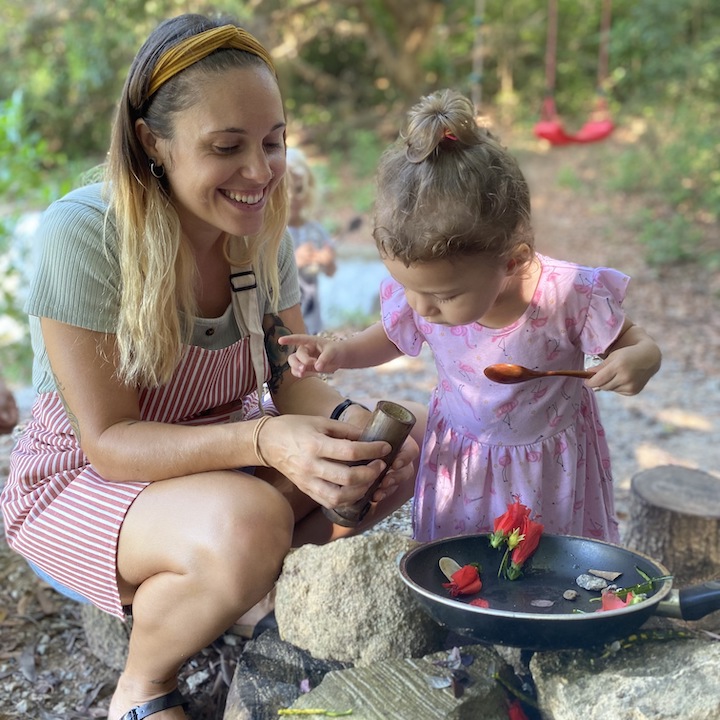
The Waldorf Teaching Method In Hong Kong
History: Rudolph Steiner – The Spiritual Thinker
Rudolph Steiner (1861-1925) was an Austrian philosopher and spiritual scientist who believed that humans were made of body, mind, and spirit. Also that our capacities unfold in three developmental stages on the way to adulthood.
The first Waldorf school was founded in Germany after Steiner visited a cigarette factory called Waldorf Astoria. Germany has just been defeated in war and was on the verge of an economic and political crisis. Steiner approached the workers at the factory about social renewal and the reorganisation of society. Steiner was then asked by the owner of the factory if he could take the lead on a school for the children of the employees of the factory, thus in 1919, the Independent Waldorf School (die Freie Waldorfschule) opened its doors. The first Waldorf school opened in North America in 1928 and has spread worldwide since.
What Is The Waldorf Method?
Steiner based his philosophy on education around his threefold principle and believed that every child and person can change the world. Steiner focused on nurturing all aspects of a child, from the mind, body and soul.
“Waldorf school education is not a pedagogical system but an art – the art of awakening what is actually there within the human being.” – Rudolph Steiner, 1922
Waldorf schools are play-based with the belief that children are born with all the attributes they will need but they need to be activated with the assistance of school and learning and to associate these attributes with the school experience.
A focus on the arts and reading is front and centre, with academic subjects being kept from children in the Waldorf method until they are much older. Math and sciences are also introduced at a later age and are interwoven with art, movement, and music. The purpose is to engage students actively, emotional, and thoughtfully.
Waldorf’s focus on child development is not dissimilar to Montessori or Reggio Emila. However, the Waldorf way emphasises creative play with project-based, free-form learning, activities rather than a set environment. Waldorf children learn through art, play, cooking, music, and outside exploration.
The role of a Waldorf teacher is to work with children based on their individual gifts and challenges. Education is not a competition but a way for students to learn when they are ready for the next stage of learning. The teacher will then introduce something new.
Read More: Kids Who Care: Teenagers Making A Difference In The Community
Inside A Waldorf Classroom
Waldorf classrooms are all about nature, play, and establishing routines. Like the Montessori method, classes are also mixed age. Children have different opportunities throughout the week to do activities such as baking, gardening, outside exploration and more.
Waldorf classrooms often have a calm and natural feel to them with plenty of open space for play. You won’t find traditional desks or tables in a Waldorf classroom. Toys are usually made of natural materials such as wood or fabric and many classrooms will have a nature table where interesting items from outside are gathered and collected to be shown off and discussed. Technology is often limited during the early years in a Waldorf school.
Benefits Of A Waldorf School
- An unhurried education that allows children to learn at their own pace that is free from goal setting or standards.
- Hands-on and experimental learning. These experiences are introduced at the right moment and the right time by the teacher.
- Students take an active role in their own learning in that they create many of their own learning materials.
- Emphasis on learning through art, music, and imagination.
- Children learn to be expressive and confident.
- Approach favours nature over technology.
- Endorses a children’s natural curiosity and creates motivated and lifelong learners.
Is The Waldorf Method Right For My Child?
If you are a progressive family that wants a more natural approach to your children’s education that is free from traditional academic rigmarole, a Waldorf school may be the right choice for you. If you have a child who is a busy body and loves the outdoors, a Waldorf school can foster that innate energy and joy and meet their development needs when they are ready. Alternatively, it could also be a great opportunity to help reconnect kids who spend too much time with technology.
Waldorf Summary:
- Believes that children are born will all the attributes they will ever need and that these attributes are unlocked through education.
- Emphasises hands-on learning through nature, art, music, and imagination.
- Teachers only introduce new concepts to students when they are developmentally ready.
- Project-based learning in mixed-aged classrooms.
- Favours nature over technology.
Interested in a Waldorf school in Hong Kong? Here are a couple of options:
Island Waldorf School – Waldorf kindergarten and primary school. www.iws.edu.hk.
Forest House Waldorf School – Primary school. www.foresthouse.edu.hk.
Highgate House School – International Steiner-Waldorf preschool. www.highgatehouse.edu.hk
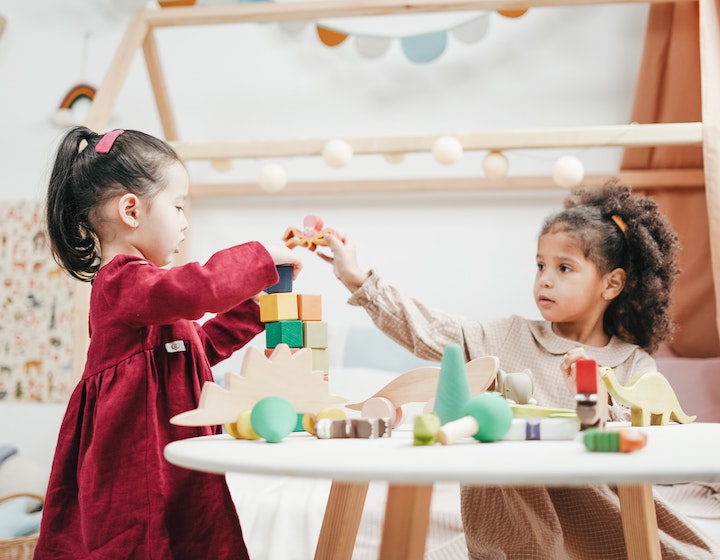
Reggio Emilia Approach In Hong Kong
History: Loris Malaguzzi – The Rebuilder
Just following the second world war in the small northern town of Villa Cella (a borough of Reggio Emilia in Italy), a group of women wanted to build a school for their children. They wanted to offer a new and progressive way of learning to ensure that their children would never experience anything as terrible as war. The focus: that they would grow up intolerant of injustice or inequality.
The first school was funded by the sale of leftover and remaining German trucks, tanks, and equipment. Loris Malaguzzi, who had just finished his teacher training and a degree in psychology, was intrigued by the rumours of this new school that he went to Reggio Emilia to see what it was about. He was so inspired by what he saw that he decided to stay and assist. “It was the women’s first victory after the war because the decision was theirs. The men might have used the money differently.” – Loris Malaguzzi
Over the next 15 years, Malaguzzi developed the Reggio Emilia approach. His philosophy quickly began to spread and other schools began to open, however, many of them were still struggling to stay open as the first few Reggio schools were labours of love. However, in 1963, the city of Reggio Emilia established the first municipal preschools which helped secure the future of Reggio Emilia philosophy. Loris Malaguzzi remained in his leading and founding role for the remainder of his life, even after retiring in 1985.
What Is The Reggio Emilia Philosophy?
The Reggio philosophy believes that children begin to form their personalities during their early years and that they have a multitude of ways of expressing their interests and themselves, with a term coined “a hundred languages”.
The Reggio Emilia approach is meant to empower children to develop these “languages” by the way they interact with their environment and others. Reggio was built under a strong community and its philosophy reflects this in what children learn and express in relation to all human beings and that we grow in relation to others. The philosophy sees children as capable learners within a social setting.
“Our task is to help children communicate with the world using all their potential, strengths and languages, and to overcome any obstacle presented by our culture.” – Loris Malaguzzi
Children are encouraged to engage and learn for themselves creating a self-guided curriculum. Learning is project-based and children are encouraged to learn through exploration that is tailored specifically to their interests. If children are interested in a certain topic the teacher will then engage the students and create opportunities for the children to learn about the topic for themselves rather than answering inquiries directly.
Teachers do not document how children are developing under the Reggio approach but rather will find ways to help children realize their own growth and potential. The aim is not a developmental or academic standard but to demonstrate to a child what they have managed to achieve and how their growth has progressed to instil their future potential and confidence.
Read More: Bilingual Schools And Bilingual Kindergartens In Hong Kong
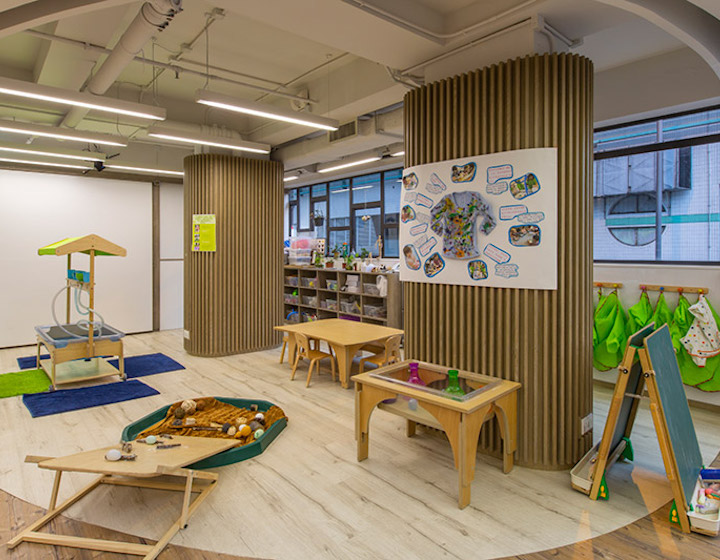
Inside A Reggio Emilia Classroom
A Reggio Emilia classroom is an important part of the approach and is often seen as the “third teacher”. Like Waldorf and Montessori, Reggio classrooms are open, non-traditional, and make use of natural items and toys. This encourages children to explore their interests and interact with others. Teachers draw from the student’s interests and inspiration to create and change the classroom environment.
Classrooms are often decorated with items that the children have made, found, or talked about and are often remiss of the commercial posters and items that are often seen in traditional classrooms. The classrooms are meant to encourage exploration, self-guidance, and co-learning.
Benefits of a Reggio Emilia school
- Children are better enabled to solve problems and interact with their communities.
- Children can build social skills and express themselves with confidence.
- Enables children to be open to new experiences.
- Diverse, inclusive, and open learning environment.
- Encourages self-regulation and self-guidance.
- Hands-on activities that encourage collaboration.
- Puts a child’s education in their own curious and empowered hands.
- Massive teacher-parent-and community collaboration.
How Do I Know If The Reggio Emilia Approach Is Right For My Child?
Families who want to encourage their children to be good citizens may prefer a Reggio-style school. This is also a good option if you desire for your child to be a part of a bigger community with community support. If your child is already highly-social or you are looking to encourage your child to be more social and cooperative, a Reggio school may be ideal for helping your child develop their higher-order thinking and skills.
Reggio Emilia Summary
- Views children as competent social learners that have many ways of expressing themselves and their interests.
- Curriculums are self-guided by children’s interests.
- Environments are open and meant to encourage exploration, curiosity, and cooperation.
- Community-feel with parents and teachers.
- Project-based learning that is catered towards the children’s interests.
- The Reggio approach melds well with other early years approaches if academia is still a consideration.
Many Hong Kong early years schools are Reggio Emilia inspired and combine other curriculums with this approach. Here are a few suggestions for schools that use the Reggio Emilia approach in their curriculum:
Italian International Nursery & Kindergarten – www.iikg.edu.hk.
Fairchild Nursery & Kindergarten – www.fairchild.edu.hk
Read More: Art Classes In Hong Kong: Creative Courses And Workshops For Kids
 View All
View All
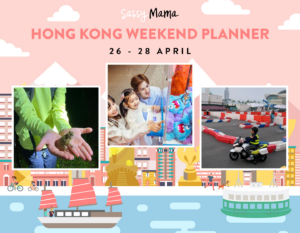

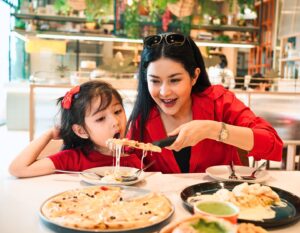





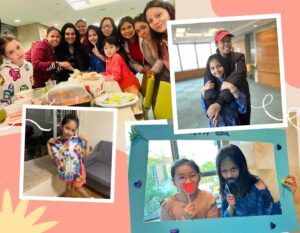


 View All
View All


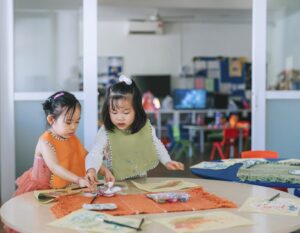


 View All
View All


 View All
View All
